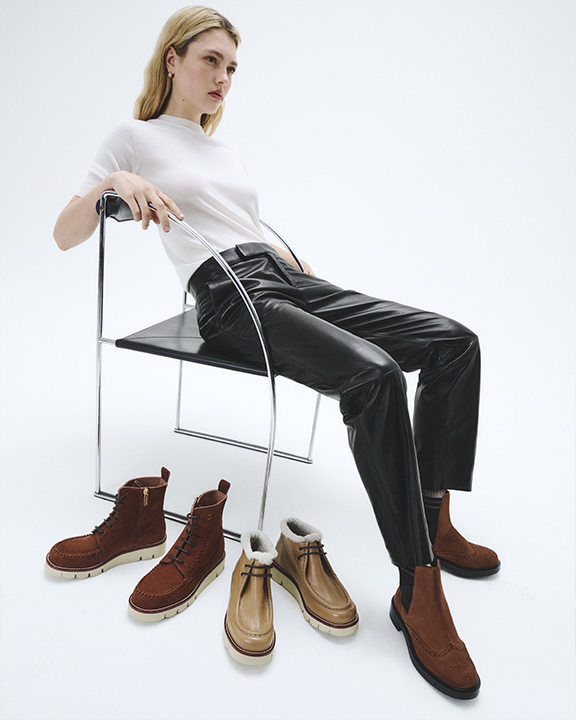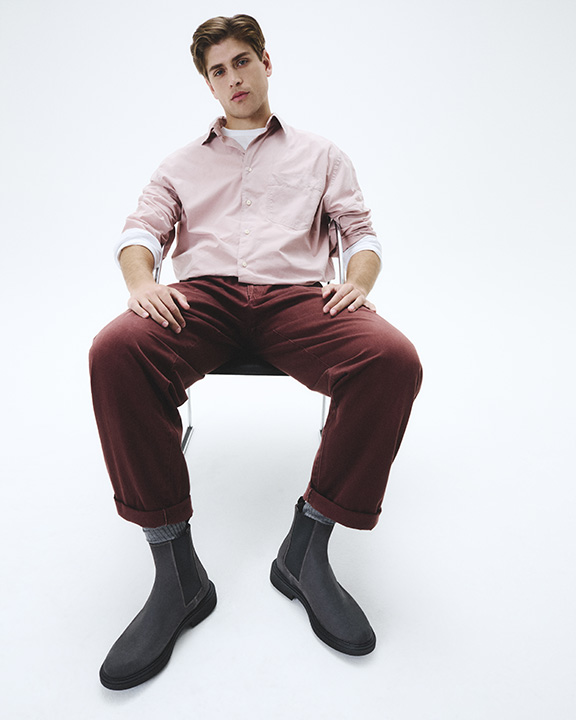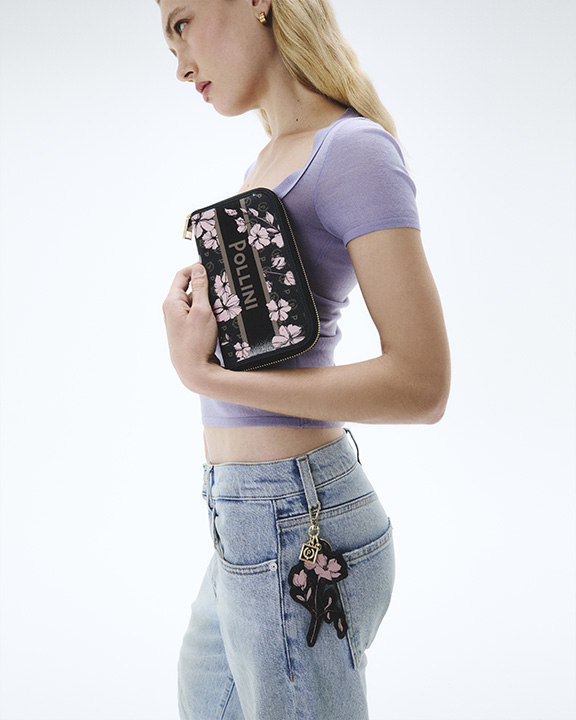Pollini was founded in 1953 by Vittorio Pollini in the beating heart of the footwear district of San Mauro Pascoli, where skilled craftsmen create shoes characterised by the unmistakable 'Made in Italy' quality. The brand immediately captured the carefree essence of the Riviera Romagnola, starting its journey with a collection of summer sandals inspired by the holiday atmosphere.
In a short time, the brand gained fame and a solid reputation, and the year 1956 marked a fundamental step: the inauguration of the first factory in San Mauro Pascoli. Here, the meeting between artisanal techniques and production on an industrial scale, which was beginning to extend to leather goods, transformed Pollini into a point of reference, not only for its own creations, but also for the production of footwear for other prestigious brands.
During this period, some of Pollini's most iconic models saw the light, which continue to feature in today's collections. Among these are the 'Cavaliere' boot, which was made legendary by Maria Schneider in 'Last Tango in Paris,' the college-style moccasin and the 'Daytona' monobloc sole model.
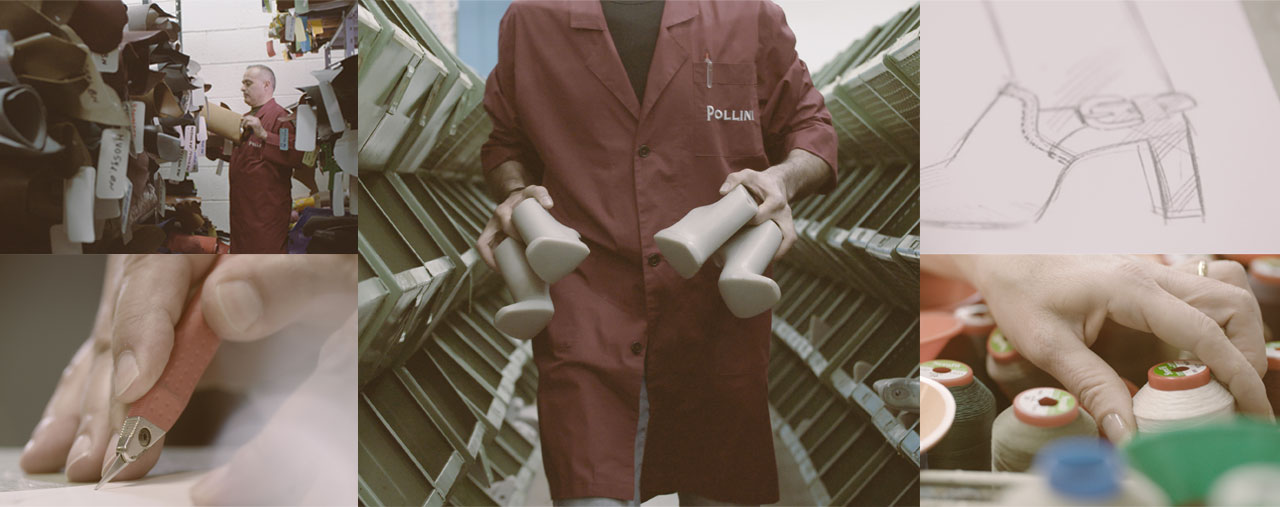
The 1980s marked Pollini's international expansion, which culminated in 1989 with the move to the modern industrial headquarters in Gatteo. In 2001, the brand joined the Aeffe Group, alongside illustrious names such as Moschino, Alberta Ferretti and Lorenzo Serafini's Philosophy, for which Pollini developed lines of bags and footwear.
Today, three distinctive lines make up the brand's universe: Pollini Archive, which celebrates its authentic DNA by revisiting its iconic silhouettes; Pollini, a glamorous line linked to seasonal trends; and Pollini Heritage, characterised by the beloved all-over logo pattern.
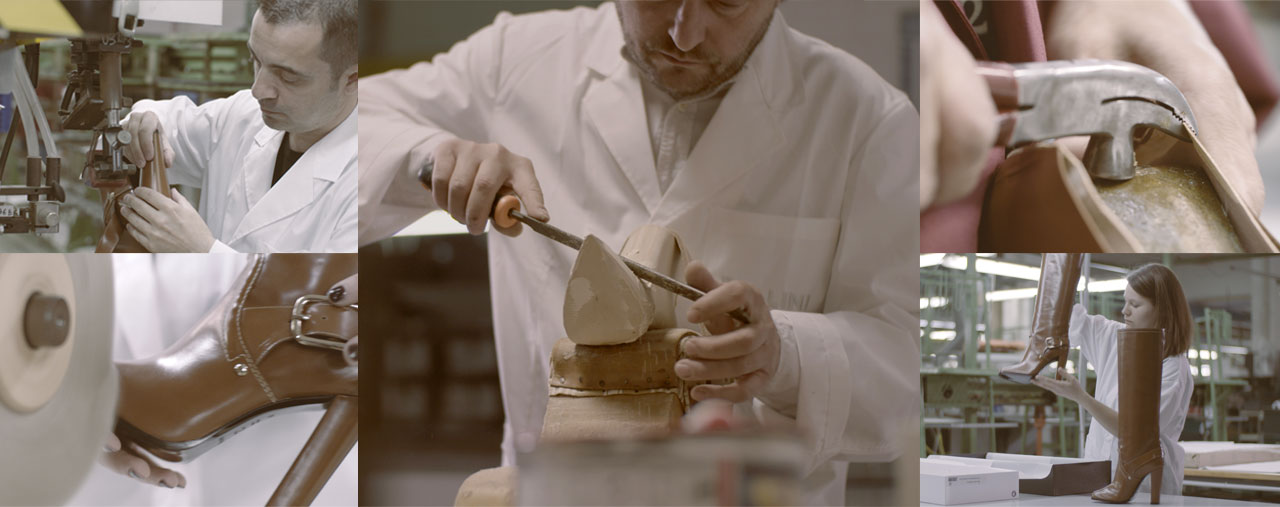
In 2023, Pollini celebrated its 70th Anniversary by looking to the future with the same passion and dedication that have defined the brand for seven decades, with the desire to write new chapters of style and innovation, but remaining faithful to its roots and the unmistakable 'Made in Italy' spirit.
